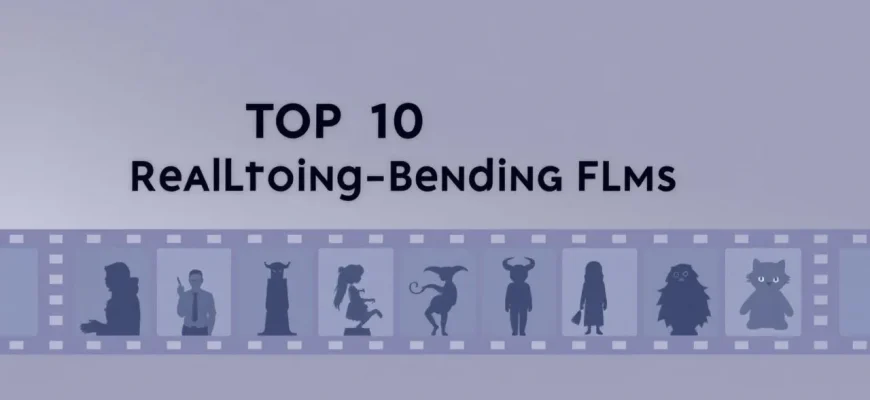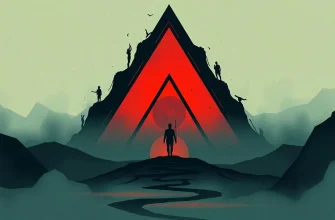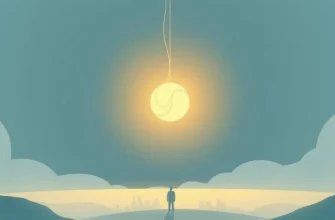This curated list of films delves into the realm of the mystical, where the fabric of reality is bent, twisted, and sometimes completely rewritten. These films not only entertain but also challenge our perceptions of what is real, offering a thought-provoking journey through altered states of consciousness, parallel universes, and mind-bending scenarios. Whether you're a fan of psychological thrillers, science fiction, or fantasy, this collection promises to expand your horizons and perhaps even question your own reality.
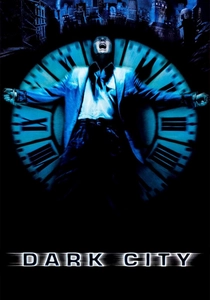
Dark City (1998)
Description: This neo-noir science fiction film features a city where reality is altered nightly by mysterious beings known as the Strangers.
Fact: The film's visual style was heavily influenced by German Expressionism. The city set was built on a soundstage, creating a surreal, dreamlike environment.
 Watch Now
Watch Now
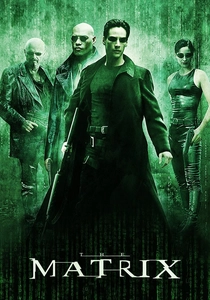
The Matrix (1999)
Description: This film introduced audiences to the idea of a simulated reality, where humans are unknowingly trapped in a virtual world controlled by machines.
Fact: The Wachowskis developed the concept for "The Matrix" after reading "Simulacra and Simulation" by Jean Baudrillard. The film's "bullet time" effect was groundbreaking at the time.
 Watch Now
Watch Now
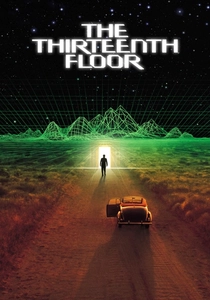
The Thirteenth Floor (1999)
Description: A virtual reality simulation where characters can enter and alter the reality of a 1930s Los Angeles, exploring themes of identity and reality.
Fact: The film was released around the same time as "The Matrix," leading to comparisons between the two. It's based on the novel "Simulacron-3" by Daniel F. Galouye.
 Watch Now
Watch Now
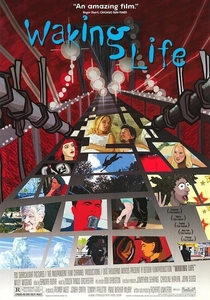
Waking Life (2001)
Description: This animated film follows a young man through a series of dream-like experiences, questioning the nature of reality and consciousness.
Fact: The film was shot using live actors, then rotoscoped to create the unique animated look. It features philosophical discussions from real-life thinkers like Robert Solomon and David Sosa.
 Watch Now
Watch Now
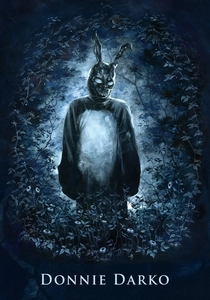
Donnie Darko (2001)
Description: A cult classic that deals with time travel, alternate realities, and the manipulation of time, questioning the nature of reality itself.
Fact: The film was initially a box office flop but gained a massive following through home video. The song "Mad World" by Tears for Fears was re-popularized by its use in the film.
 Watch Now
Watch Now
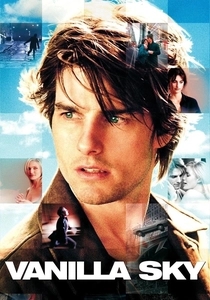
Vanilla Sky (2001)
Description: A remake of the Spanish film "Abre los Ojos," it delves into themes of identity, reality, and the manipulation of one's own existence through technology.
Fact: The film's ending was a topic of much debate, leading to an alternate ending being included in the DVD release. Tom Cruise's character's name, David Aames, is an anagram of "I am a slave, Dave."
 Watch Now
Watch Now
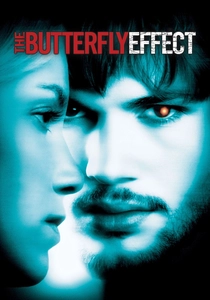
The Butterfly Effect (2004)
Description: This film showcases the idea that small changes in the past can have profound effects on the present, exploring the concept of changing one's reality through time travel.
Fact: The film's title refers to the butterfly effect in chaos theory, where small changes can lead to significant differences in outcomes. Multiple endings were shot to keep the audience guessing.
 Watch Now
Watch Now
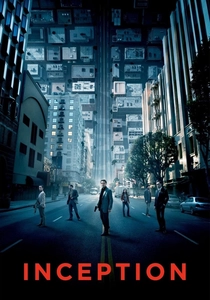
Inception (2010)
Description: Christopher Nolan's masterpiece explores the concept of dream-sharing and the manipulation of reality within dreams, making it a cornerstone of films about altering reality.
Fact: The film's dream worlds were inspired by the works of Salvador Dalí and M.C. Escher. The spinning top, a key symbol in the film, was actually Nolan's own personal totem.
 Watch Now
Watch Now
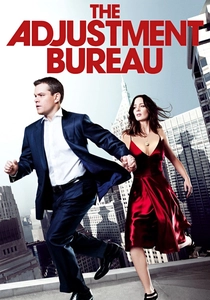
The Adjustment Bureau (2011)
Description: Based on a Philip K. Dick story, this film explores the idea of a group controlling human destiny, altering reality to keep people on their predetermined paths.
Fact: The film was shot in New York City, using real locations like the New York Public Library and the Brooklyn Bridge. The concept of the "Adjustment Bureau" was inspired by Dick's own experiences with LSD.
 Watch Now
Watch Now
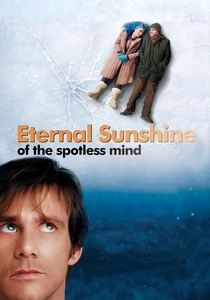
Eternal Sunshine of the Spotless Mind (2004)
Description: This film explores the concept of memory erasure, altering personal reality by removing painful memories, thus changing one's perception of the past.
Fact: The film was shot in reverse order to help the actors portray the emotional journey of their characters. The title is derived from a poem by Alexander Pope.
 30 Days Free
30 Days Free

